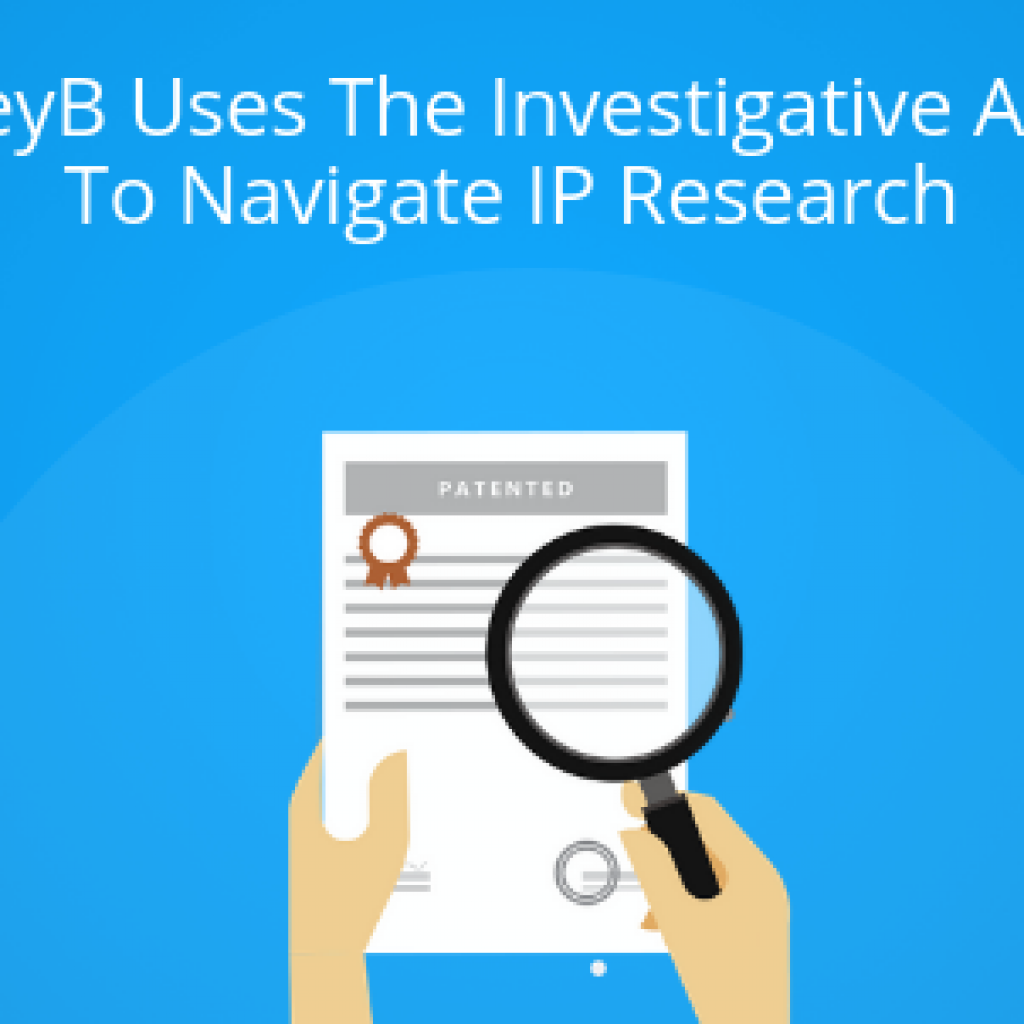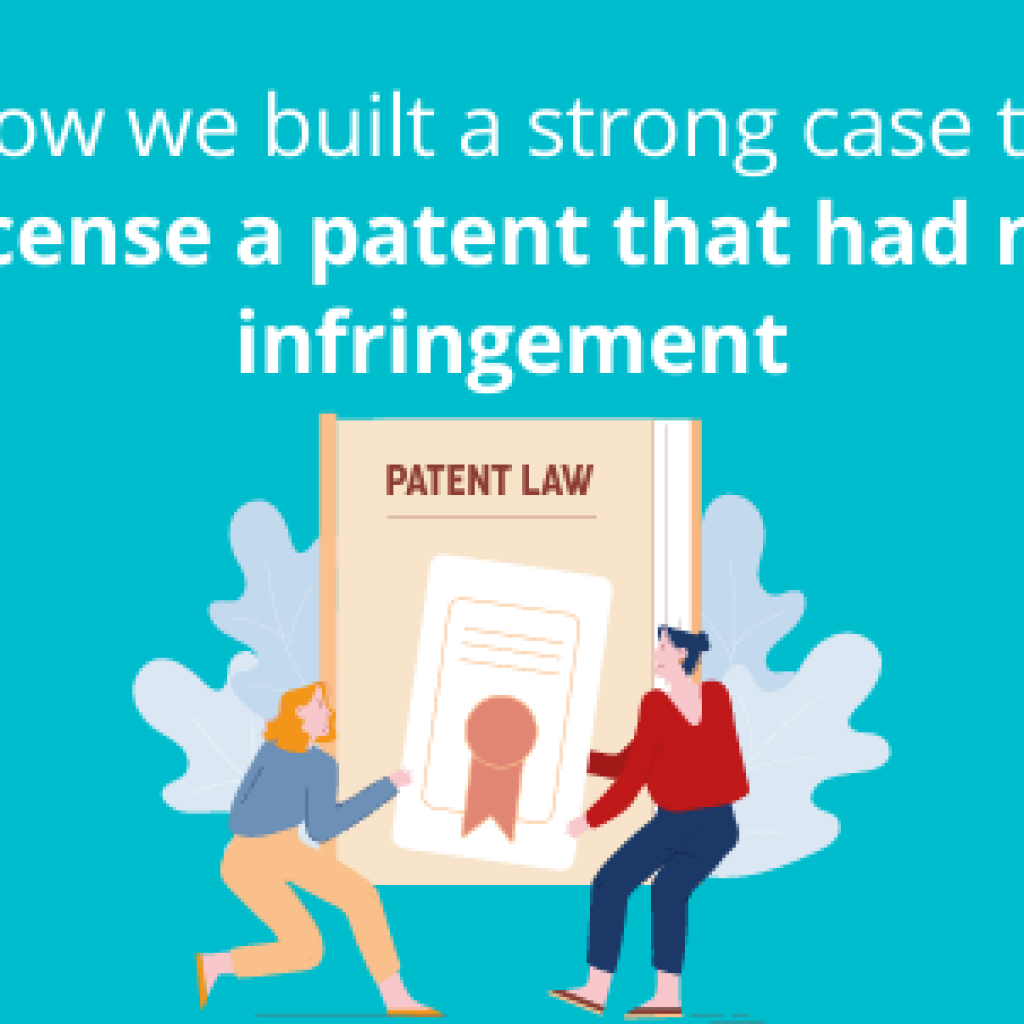Major players like ZTE, Xiaomi, Zyxel, Sagemcom, Maxlinear, TP-Link, Buffalo, Gemtek, and a few others have already begun marketing their Wi-Fi 7 routers, following the certifications received from the Wi-Fi Alliance.
The early days of Wi-Fi 6 were marked by a similar rush to market. However, Wi-Fi manufacturers such as D-Link, Sercom, and Acer (having no strong IP backing for Wi-Fi 6 products) became the prime targets of entities like Atlas and Huawei, which held strong IP Portfolios in Wi-Fi 6.
Interestingly, many Wi-Fi 7 manufacturers do not own or own less than five patent families (focused on enabling technologies) backing up their Wi-Fi 7 products.
Therefore, with a similar trend expected in Wi-Fi 7, what is the right way forward to mitigate potential infringement risks? The strategic answer is simple: Locating and acquiring strong Wi-Fi 7 patents from potential sellers.
Additionally, your existing patent portfolio might have patents relevant to the developing Wi-Fi 7 standard, even if they weren’t initially filed for that purpose.
Fill out the form below for a quick analysis of your existing portfolio and discover potential Wi-Fi 7 SEPs in it.
Who’s ahead in the Wi-Fi 7 patent race?
To pinpoint the Wi-Fi 7 patents and their present holders, understanding the enabling technologies being developed for Wi-Fi 7 is crucial. We performed a patent landscape around them to understand the innovation contributions from the companies.
This patent landscape report identified several sellers, including individual innovators, R&D labs, and universities, who own Wi-Fi 7 patents on key technologies like HARQ and Multi-Link Operation. These entities innovate without necessarily needing to bring products to market and are generally more open to transferring their IPs and are a great target for patent acquisition.
For example, Offino, an R&D lab specializing in inventing and patenting future technologies, has developed several crucial patents on Wi-Fi 7, such as US20230284290 (focused on Enhanced Multi-link UORA).
(Source: GreyB Wi-Fi 7 Patent Landscape dashboard)
How do we find the top holders of Wi-fi 7 patents?
To pinpoint the Wi-Fi 7 patents and their present holders, understanding the enabling technologies being developed for Wi-Fi 7 is crucial. We performed a patent landscape around them to understand the innovation contributions from the companies.
This patent landscape report identified several sellers, including individual innovators, R&D labs, and universities, who own Wi-Fi 7 patents on key technologies like HARQ and Multi-Link Operation. These entities innovate without necessarily needing to bring products to market and are generally more open to transferring their IPs and are a great target for patent acquisition.
For example, Offino, an R&D lab specializing in inventing and patenting future technologies, has developed several crucial patents on Wi-Fi 7, such as US20230284290 (focused on Enhanced Multi-link UORA).
(Source: GreyB Wi-Fi 7 Patent Landscape dashboard)
Top Buyers and Sellers of Wifi-7 Patents
The information that major buyers in the Wi-Fi 7 patent market are currently banks and that sellers are using their patents as collateral rather than outright transferring them is quite interesting and reveals a few key points:
Potential Risk Aversion:
- This trend could indicate a degree of risk aversion among major technology companies, typically the primary buyers of patents. Perhaps they are waiting for the Wi-Fi 7 standard to solidify before committing large sums to patent acquisition.
- Banks, on the other hand, might see Wi-Fi 7 patents as valuable assets with future potential, hence their willingness to act as lenders.
Liquidity Concerns for Sellers:
- Sellers putting their patents up as collateral suggests a need for immediate liquidity. They might be strapped for cash or require funds for other endeavors.
- This creates an opportunity for telecom players and established technology companies to potentially acquire patents at a more attractive price compared to a traditional sale.
White Space Opportunity in Patent Acquisition
The current trend presents a unique white space in the Wi-Fi 7 patent acquisition landscape. Here’s why:
- Early Movers Advantage: With major players holding back, you have the opportunity to acquire essential patents early on. This secures a head start in developing Wi-Fi 7 solutions and establishing a strong market position.
- Potential for Lower Costs: As sellers prioritize liquidity, you can negotiate favorable deals on patents offered as collateral. This translates to a more cost-effective way to build a strong IP portfolio.
The Right Time to Act
With Wi-Fi 7 standardization still in progress and the market in its early stages, now is the prime time for proactive patent acquisition. The number of sellers and their patent portfolios is finite, making it all the more important to start making a strong IP portfolio by acquisition.
By securing relevant SEPs (Standard Essential Patents) before the competition, telecom players can ensure unfettered access to the Wi-Fi 7 market and a strategic advantage in future negotiations.
Given the dynamic Wi-Fi 7 domain, expert manual analysis is the best approach. With the right IP team and access to the Wi-Fi 7 patents dashboard, you can identify and acquire valuable Wi-Fi 7 IP assets.
Fill in the form below to uncover “patent gems”—those with high potential alignment with the Wi-Fi 7 standard and strong resistance to prior art challenges.
Authored By – Aman Kumar and Muzammil Hassan, Infringement










